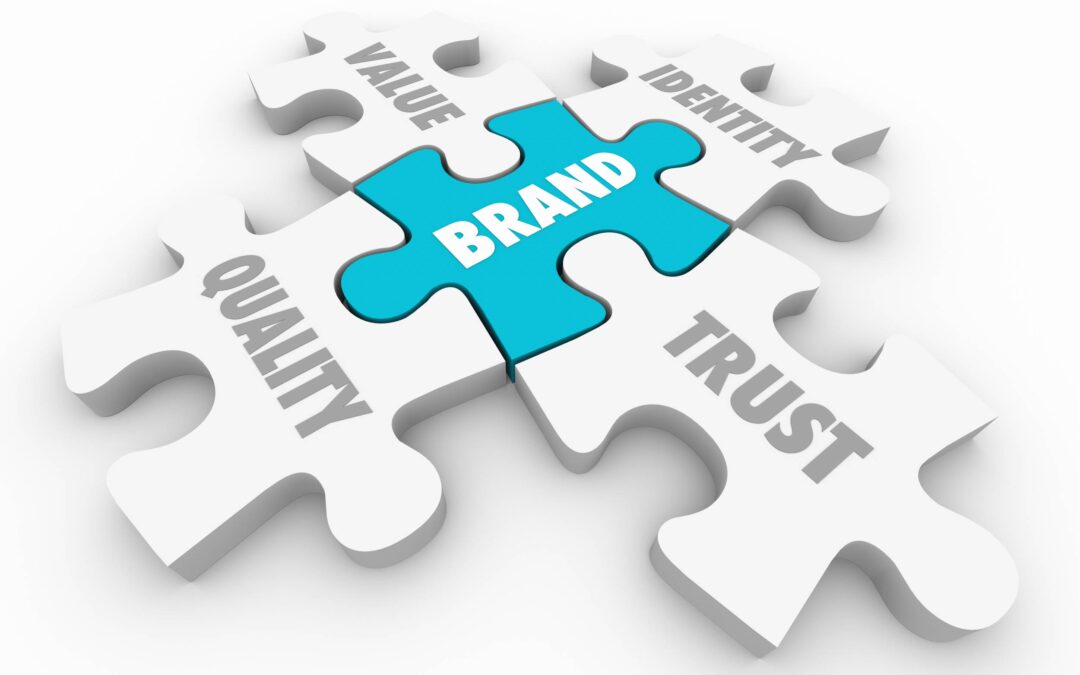Functional Strategy, or competitive tactics, are the actions taken within the business to support the business level strategy. Now that you have defined your role in the marketplace, what is your strategy to deliver operational excellence and customer value?
Sustained high performance is driven by:
- The economics of market in which you compete
- The customers you serve and the value you offer
- The strategy you pursue
- How you implement the strategy
- The extent to which rivals can imitate you
- The extent to which you can reshape markets to your advantage
If you have completed a thorough internal and external analysis you should have the data to understand the present market. A functional strategy leverages your strengths to develop a plan and maintain a sustainable competitive advantage.
Economies of scale tip the balance of power in favor of the larger companies. The bigger your company the more leverage you have negotiating costs with vendors or absorbing losses. Unfortunately flight schools have very little leverage with vendors and even the largest flights schools have little negotiating power with parts and fuel providers. However, as your business grows maintaining a lean strategy dramatically affects profitability.
At Rainier Flight we achieved economies of scale through deliberate fleet planning. Very early we determined our clients desired newer aircraft with modern avionics and safety features. Over time we added aircraft with focus on two main types. With standardized equipment we realized economies of scale in scheduling efficiency, parts inventory and operational experience.
High productivity (low cost) must be an essential component of your functional strategy. It is obvious but bears constant reminder that costs can quickly erode profitability. Often times new businesses struggle for a year or two but once finally getting a comfortable profit margin act like kids in a candy store. You must be relentless on cost control and ensure every dollar spent adds customer value.
Instead of allocating resources on a percentage basis develop a budget with the mentality of getting the most out of as little as possible. Get creative with your solutions and figure out ways to accomplish goals with minimal expense. It is easy to throw money at a solution but usually not the best. Consider all resources at your disposal and leverage them to your advantage. While the process may take more effort, you will find addressing the challenges insightful and ultimately more successful.
A simple but often used example is aircraft detailing. Part of your strategy may be to keep your aircraft clean and neat reflecting your image. Professional detailers can be contracted to wash and wax your fleet on a regular basis but these services can be costly. Even paying mechanics to clean aircraft during 100 hour inspections can be an expensive solution when their time is better spent on revenue generating tasks. Instead, solicit clients and find someone willing to put in some work in exchange for flight time. You can save a substantial amount of money while accomplishing your goal and the client equally benefits through flying at lower cost.
Brand equity is your reputation in the market. Build your brand and protect your reputation through applying your core values to policies and procedures. At some point every business owner will face a situation where policy conflicts with customer need. Think carefully how you handle these situations because sticking to policy at the detriment of customer experience can quickly derail reputation. Conversely, exceeding customer expectations can have lasting positive effects.
Take the often-used Nordstrom example. In the mid 1970’s a customer returned a pair of tires to a Nordstrom store though the tires were sold by another business occupying the retail space several years prior. The clerk honored the Nordstrom ‘no questions’ return policy and refunded the price. Sound financial decision? Not really. But what is the value of people talking about your company and their excellent experience 50 years later? Keep this in mind when guiding employees to implement your values. Sometimes it is prudent to enforce a cancellation policy. Sometimes you have an opportunity to create brand equity immeasurably more valuable.
Lastly, how difficult is it for clients to change flight schools? Switching costs create a barrier for clients to discontinue training in favor of another school. Natural barriers exist in our industry through aircraft checkout requirements but creating artificial barriers can have ethical implications. In some industries switching costs can be a significant competitive advantage but flight schools should instead focus on improving value to minimize the need for switching.
See our posts on Developing Strategy to map your path to success.


Recent Comments